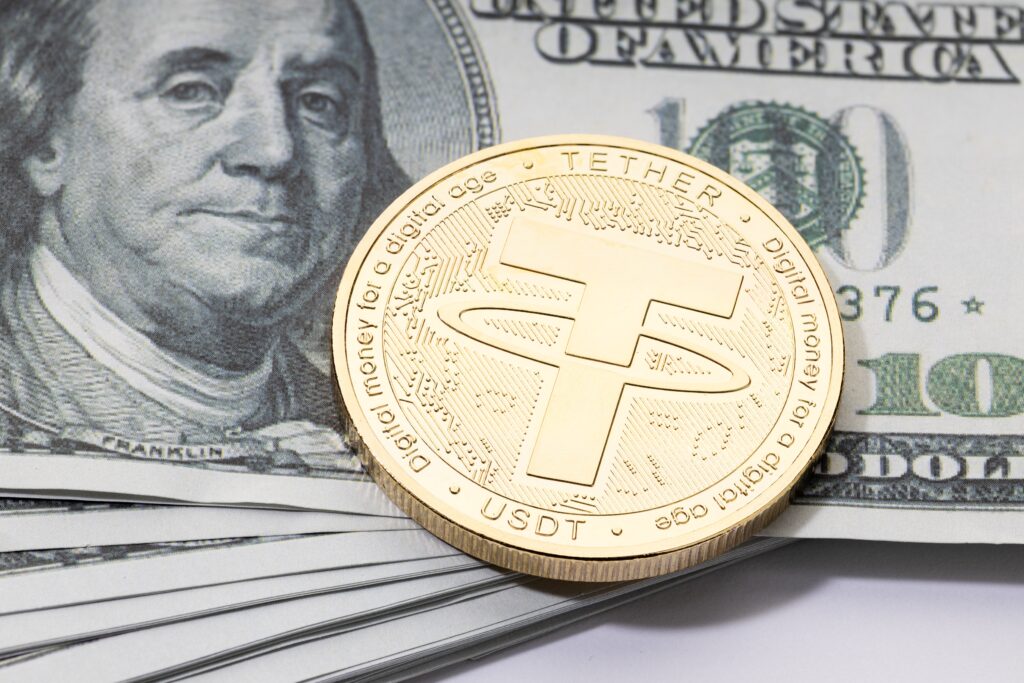
Over the years, stablecoins have emerged as a “safer and better-regulated” way of investing in the crypto industry. The fact that they are tied to real-world assets guards them against volatility. For this reason, stablecoins are often used as a store of value or as a payment method when trading other tokens.
At the same time, criminals and scammers use stablecoins like USDT and USDC as a fast, anonymous, and cheap way of converting illicit funds into fiat. Below, I will explore the risks of getting exposed to compromised stablecoins, as well as ways to mitigate them.
How do stablecoins get ‘dirty’?
Every blockchain transaction gets recorded in an immutable public ledger, so any connection between assets and criminal or high-risk activities — such as gambling, money laundering, or deals with illegal goods — will leave a trail of evidence that cannot be erased.
According to AMLBot statistics, every 1 in 3 stablecoin AML checks features compromised assets. So even if you never engaged in criminal activities, chances are that ‘dirty’ stablecoins may still end up in your wallet; for those operating on the P2P or DeFi platforms, the risks will be increased.
Dirty coins: exploring risks and solutions
As issuers of top stablecoins such as USDT (Tether) or USDC (Circle) operate in the US jurisdiction, they adhere to anti-fraud policies. Therefore, suspicious transactions or dirty coins may get blocked, i.e., by centralized exchanges. It’s that kind of issue that is easier to forestall than to solve: recovering blocked funds is a challenging task, which, in many cases, may bring no result.
The best solution to the problem is to use popular and highly recognized third-party wallets with built-in risk assessment tools. These solutions check the funds deposited into the wallet, scanning and tracing them, identifying their potential risk score, and providing detailed statistics.
Risks for TRON-based stablecoin holders
While dirty coins are present in all major networks, we’ve seen an increase in fraud cases involving TRON-based stablecoins during the past eight months — mainly due to low transaction fees and short confirmation times within the network.
With the USDT, this number is higher than with USDC, owing to higher turnover and greater capitalization of the former. Considering the above, AMLBot team have added to their product an option to check cryptos based on TRON to mitigate increased risks for the network.
In conclusion, even though the regulators are fighting the fight against bad actors using crypto for criminal purposes, trying to make the market more lucid, users should take their safety in their hands, and protect themselves via additional control over the incoming digital assets.
Knowing their assets, hedging risks, and conducting checks on their transactions via trusted third-party tools and solutions to check wallet addresses before transacting with them will reduce the risks associated with stablecoins and ensure that they remain a safe haven asset in the widely volatile crypto market.

